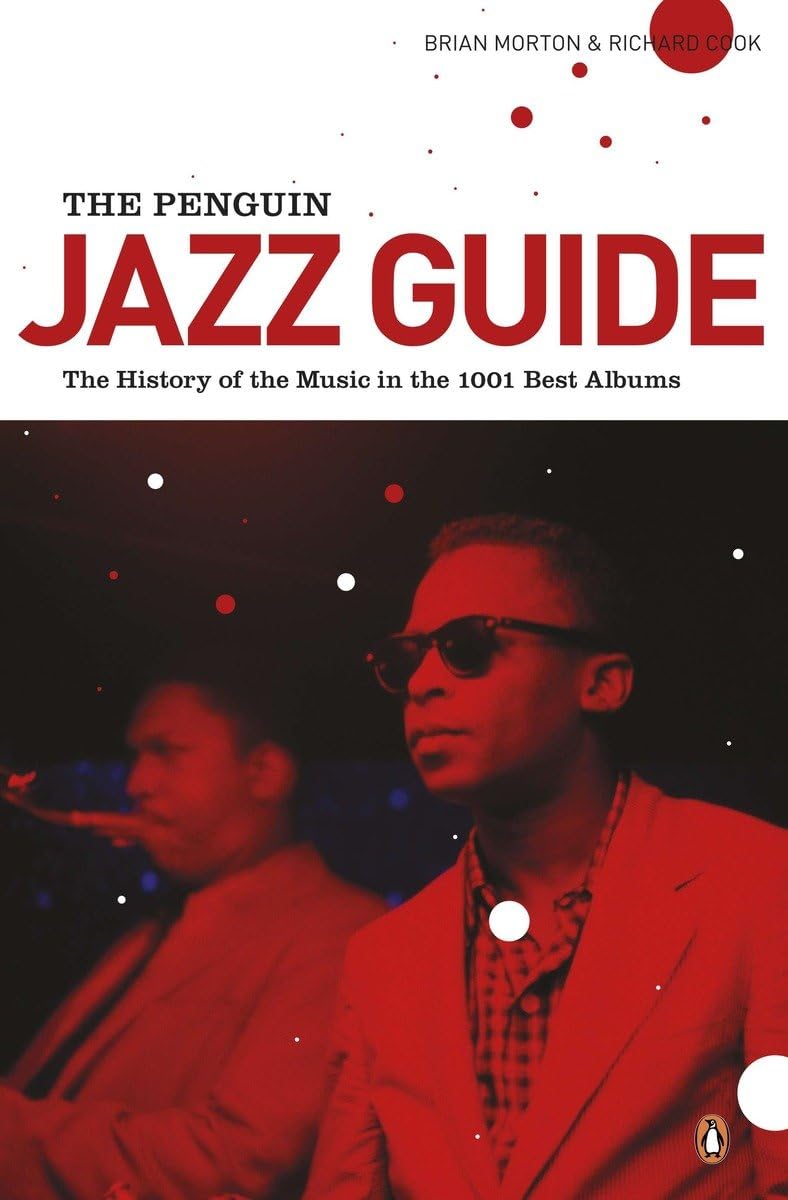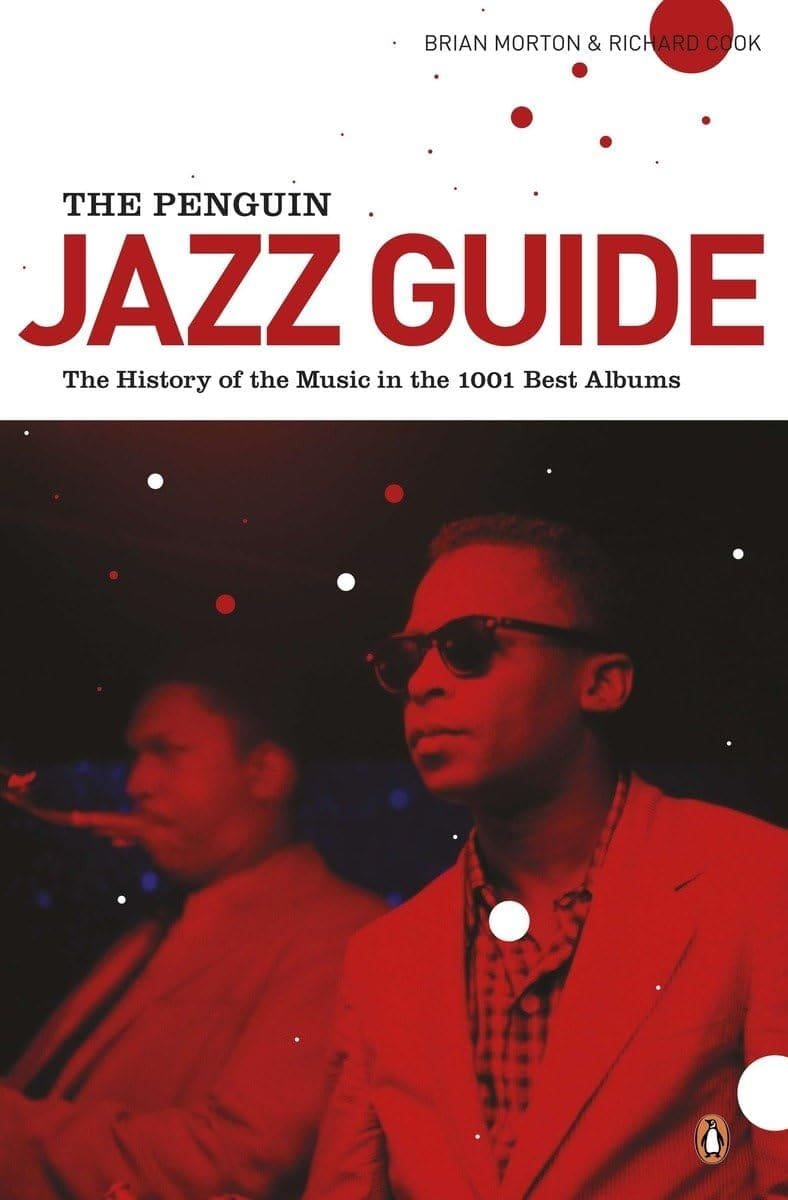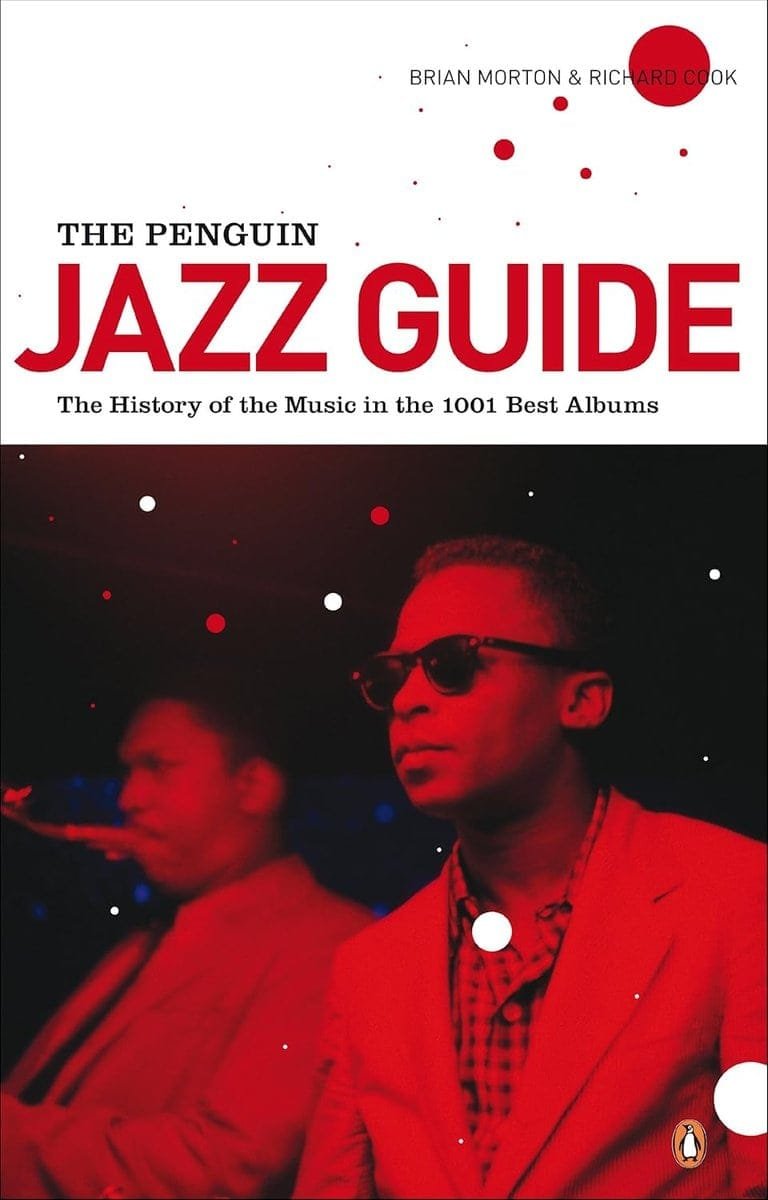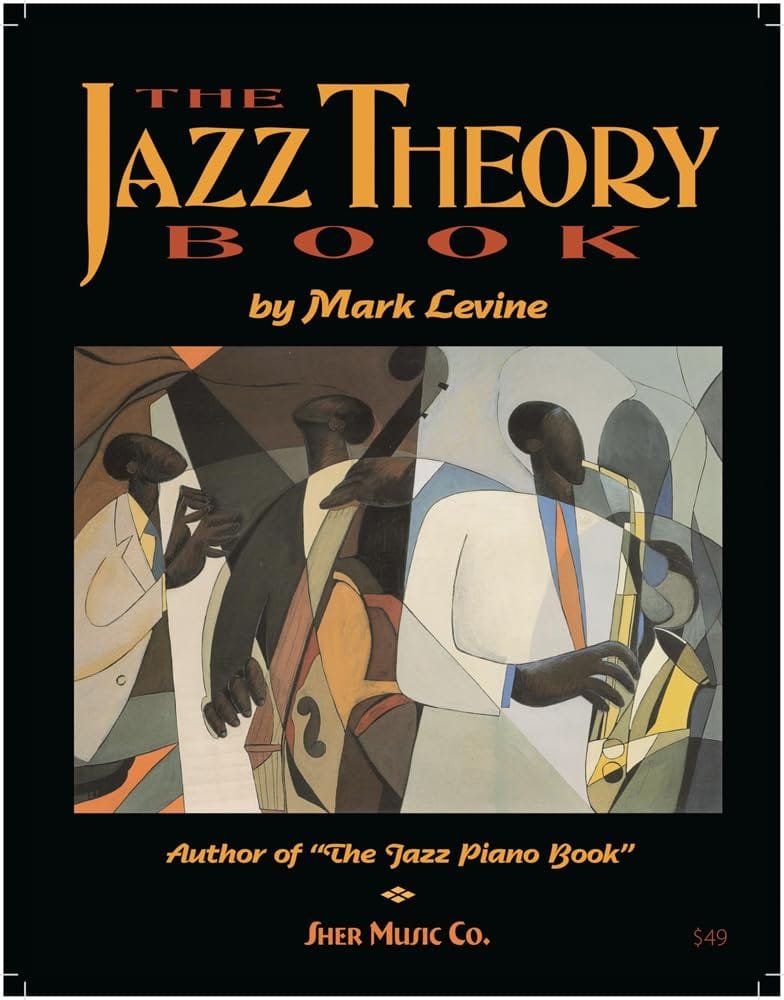The Penguin Jazz Guide: The History of the Music in the 1001 Best Albums Paperback – December 28, 2010
$26.41 In Stock
Have you ever wondered what makes a jazz album truly iconic? If so, “The Penguin Jazz Guide: The History of the Music in the 1001 Best Albums Paperback – December 28, 2010” might just be the treasure trove you need on your bookshelf. This isn’t your ordinary guidebook; it’s a passport to the vibrant, unpredictable world of jazz.
Understanding “The Penguin Jazz Guide”
Before diving headlong (oops, I said I wouldn’t use that) into why this book might be worth your time, let’s consider what you can expect from this hefty tome. The guide, curated by Richard Cook and Brian Morton, presents a comprehensive look at jazz history through the lens of 1001 remarkable albums. It’s a book that blends meticulous research with a genuine passion for music, resulting in a guide that’s as informative as it is engaging.
Why This Book Stands Out
In the age of streams and digital downloads, why bother lugging around a paperback book? Well, this isn’t just any book. Its layout is both straightforward and indulgent, catering to the jazz novice and the aficionado alike.
Insight: Cook and Morton’s insights are both knowledgeable and palatable. They’re like the charming, slightly eccentric uncles you wish you’d had—full of stories that make you see life (or in this case, music) in technicolor.
Structure: The book is meticulously organized. Each album is reviewed in a way that tells the story of not just the album itself, but the artist’s journey and the socio-cultural climate of the time.
Comprehensive: Covering a century of jazz, from Louis Armstrong’s Hot Fives and Sevens to recent masterpieces, it captures the essence of a dynamic genre.
The Table of Intrigue
Here’s a brief look at how the guide categorizes albums:
| Album Title | Artist | Release Year | Significant Tracks | Why It’s Important |
|---|---|---|---|---|
| Kind of Blue | Miles Davis | 1959 | “So What,” “Freddie Freeloader” | Defining cool jazz, it’s a masterclass in modal composition. |
| A Love Supreme | John Coltrane | 1965 | “Acknowledgement,” “Resolution” | Spiritual and groundbreaking, it pushed jazz into new existential territories. |
| Time Out | The Dave Brubeck Quartet | 1959 | “Take Five,” “Blue Rondo à la Turk” | Introduced odd time signatures to the mainstream jazz scene. |
Getting Cozy with Jazz History
What makes “The Penguin Jazz Guide” truly lovable is its ability to transport you through time. Imagine sitting on a 1920s New Orleans porch, a faint trumpeting echoing from down the street, or feeling the revolutionary pulse of 1960s New York. The chronological arrangement of albums lets you experience the evolution of jazz, painting a vivid picture of musical experimentation and societal change.
The Authors’ Perspective
Cook and Morton aren’t your typical historians. They’re enthusiasts with a fierce dedication to truth-telling. Their commentary blends technical analysis with genuine admiration, creating a tone that’s friendlier than your favorite bartender yet authoritative enough to inspire trust.
Influence and Impact
The power of jazz lies in its ability to reflect and impact culture. As you meander through the pages of this book, you’ll notice how certain albums catalyzed change, influenced artists across genres, and mirrored pivotal societal shifts. Whether it’s the fusion of rock and jazz or the timeless elegance of swing, each album is a pulse in the living body of jazz.
The Interactive Nature of Jazz Listening
Unlike passive pastimes, jazz invites you to engage actively. “The Penguin Jazz Guide” compels you to fire up your turntable (or Spotify, for those born post-1990) and LISTEN. The authors subtly prompt you to question, “What makes this chord progression so enchanting?” or “Why do these cymbal splashes provoke such emotion?”
Debunking Jazz Myths
Many people perceive jazz as highbrow or elusive, but this guide demystifies the genre. The authors take pains to unwrap the complexity, illustrating that beneath the ostentation lies a simple desire to communicate and innovate.
Jazz is For Everyone
Jazz isn’t an exclusive club where one needs an invitation. You, the reader, are part of its ongoing narrative, whether you’re analyzing complex rhythmic structures or simply grooving to a sax solo. Cook and Morton say, “Come join us,” and that’s probably the most welcoming invitation you’ll ever get.
Second Opinions and Diverse Representations
You might wonder if this is just one perspective among many. Well, you’d be correct. This guide doesn’t claim to be the last word on jazz, but rather a compelling argument presented with recognizable bias. By embracing this, you’ll likely find it refreshing rather than restrictive. Plus, it might inspire you to dig deeper into lesser-known compositions and artists, contributing to your own personalized jazz journey.
Reader Engagement and Personal Reflection
The beauty of jazz is its subjective nature. Just as each listener hears something unique, each reader of “The Penguin Jazz Guide” will take away something different. It might spark a newfound love for an artist you hadn’t previously appreciated or deepen your understanding of a well-loved favorite.
Final Yet Eternal Notes
“The Penguin Jazz Guide: The History of the Music in the 1001 Best Albums” is more than a book—it’s an experience wrapped in pages, a testament to the living, breathing entity that is jazz. It entices you to consider not just the music itself but its cultural echoes and personal relevance.
This is a guide, yes, but it’s also a companion, ever ready to enrich those lazy Sunday afternoons or lively evening discussions. As you close the back cover, don’t be surprised if you feel tempted to flip the book over and start all over again. After all, understanding jazz, much like mastering it, is a lifelong journey. Enjoy each step, note, and album as they play a meaningful part in your musical exploration.
Disclosure: As an Amazon Associate, I earn from qualifying purchases.







